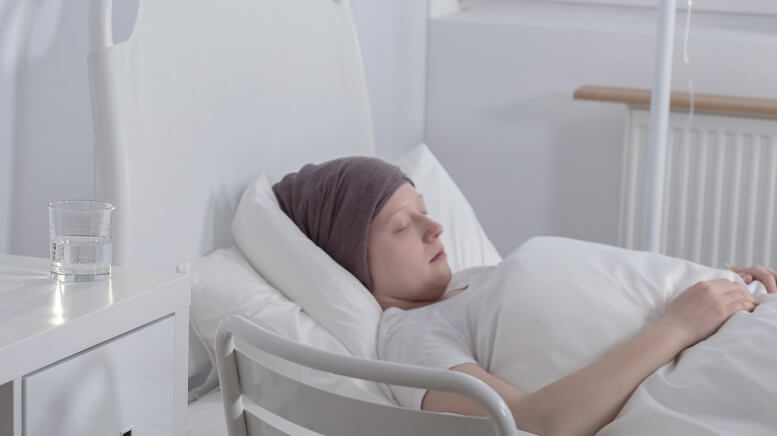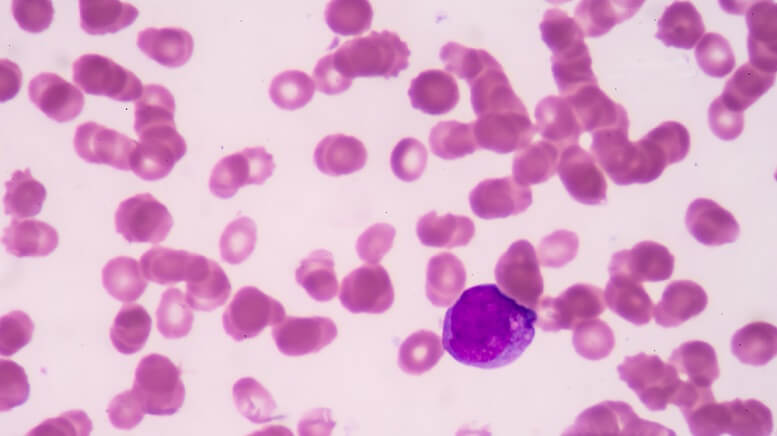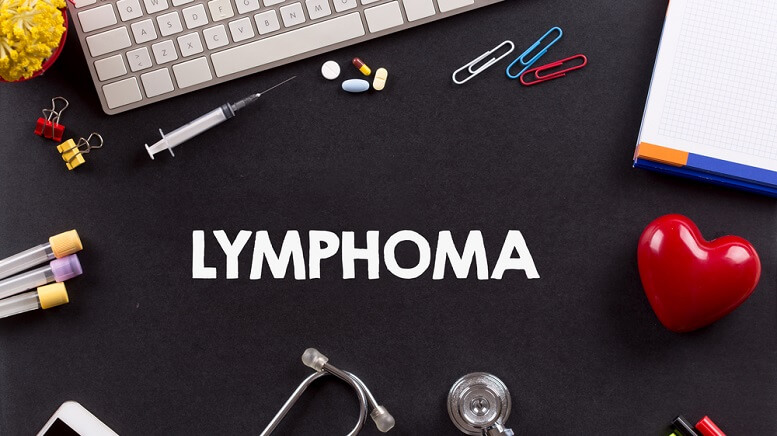Rash is not a specific disease. It refers to any type of skin inflammation or discoloration. A rash can appear on small part of the body, for example, on the back or face, or it can cover your whole body. With rashes, your skin may become red, bumpy, itchy, scaly or irritated.
The symptoms of skin rash include:
- Red or discolored skin
- Red or discolored bumps
- Blisters
- Skin itching
- Skin swelling
- Raised patch of skin
- Oozing sores
- Scaly patches on skin
Common Causes Of Rashes
Skin rashes can be caused by many factors, including allergens, infections, heat, immune system diseases and medications. The common diseases that often cause rash are listed below.
Atopic dermatitis/eczema
Atopic dermatitis, often called eczema, is a common skin disorder that produces red itchy, weeping rashes on the skin. Rashes may occur on the face, neck, back, feet or other parts of your body. Atopic dermatitis often makes skin red and itchy.
Contact dermatitis
Contact dermatitis rash may be caused by the substance that directly irritates the skin, or it can be an allergic reaction to pollen, dust mites, poison ivy, some chemicals, etc. This rash tends to be weepy and oozy, and affects the parts of the skin which directly contact with the offending substance.
Psoriasis
Psoriasis is a chronic skin condition caused by an overactive immune system. The symptoms include skin rash, inflammation, red patches of skin, etc. The skin condition produces silvery flakes of skin that scale and fall off. This type of rash does not weep or ooze. Psoriasis tends to occur on the scalp, elbows, and knees.
How to treat rashes?
Rashes develop for many reasons. However, there are some measures to help with skin rash.
- Avoid washing with hot water
- Avoid scratching
- Use mild soapthat is for sensative skin
- Moisturizing lotions
- Anti-itchcreams
- Oral antihistamines like diphenhydramine and hydroxyzine
The conventional treatment for skin rash includes a topical ointment or cream commonly including over-the-counter as well as prescription-strength corticosteroids such as hydrocortisone. If these measures can’t relive the rash, or if the rash get worse, you need to see a doctor for diagnosis.
Jasmine Watson
2018.6.12









